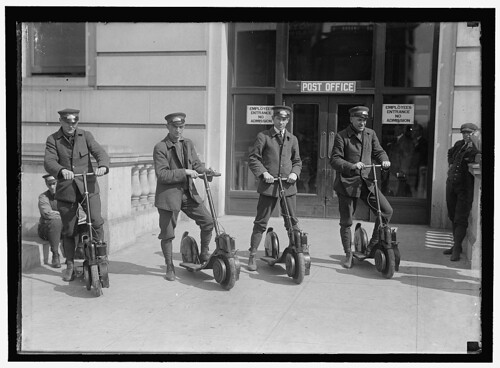Newspaper article from the Washington Evening Star Newspaper from 1929. Article starts on this page, filling the entire page, and continues to the next page, also taking up the entire page.

Illustration with article showing an early member of the Capital Bicycle Club with a "high wheel" bicycle
From the article:
Credit is given to Charles G. W. Krauskopf for introducing the modern bicycle in Washington in 1878 This machine was known as the “Ariels," and had double spokes and 46-inch wheels. With a desire to learn something more about this pioneer rider, the City Directory was consulted, and the only per son of this name found was Charles G. Krauskopf, who kept a hotel and restaurant at the corner of Tenth and E streets northwest, over which he resided. He had obtained the machine from the British vice consul stationed at Baltimore.
Naturally Krauskopf was kidded and guyed as he rode the “new steed” through the streets. But the bicycle had come to stay, and .it was not long before William C. Scribner ceased managing the Gazette, at 931 D street northwest. and opened a bicycle store around the corner at 1108 E street, and if he was not the first one in the city to engage in this business, he at least was one of the earliest.
Though Krauskopf was the subject of much chaffing and joking, yet it was not long before he had company, and soon other Washingtonians became infatuated with the vehicle which was to become so immensely popular in such a brief space of time.
Soon Frank G. Wood, Max Hansmann, Fred D. Owen. L. P. Einolf, Herbert S. Owen and Louis N. Jesungofsky were proudly riding the silent steed, and it was these gentlemen, with Mr. Krauskopf. who organized the Capital Bicycle Club on January 31, 1879.
So the first "modern" (that is, high wheel, or penny farthing, type of bicycle appeared in Washington 140 years ago. And the first DC bicycle club the following year.

Another illustration from the same page, from 1897 - showing DC cycling history







